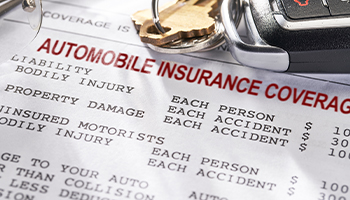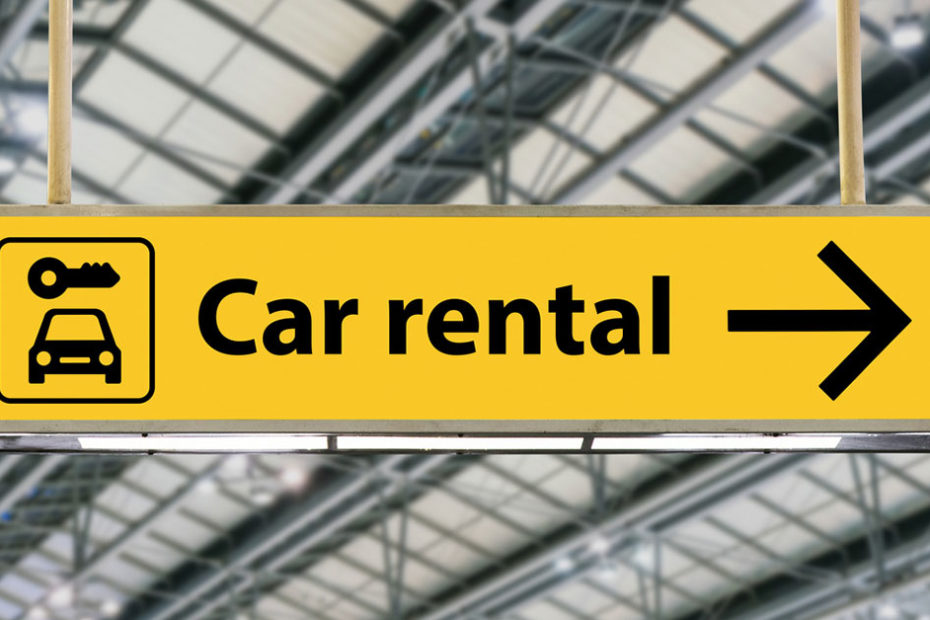Do you remember the last time you read your car insurance policy? If you are like most drivers, you likely haven’t thought much about your coverage since purchasing the policy. While not the most exciting, reading your car insurance policy is a key step to ensuring you have proper protection. Let us review some of the basics you need to know to help you understand exactly what your policy covers.
Key Highlights:
- Your policy’s declaration page provides a quick summary of your policy, including important details such as your policy number, term length, premium rate, and coverage limits.
- Always review policy exclusions to find gaps in coverage to ensure you have coverage for a wide range of situations.
- Although your state may require a minimum amount of coverage, these minimum limits may fall short if you are responsible for a serious accident.
What Is Included in a Car Insurance Policy?
Understanding how to clearly read your car insurance policy is an important skill all drivers should have regardless of coverage. Not only will this ensure that you have the correct amount of protection, but it can also help you determine if you need additional coverage after a significant life milestone. Although your policy documents may vary slightly depending on your insurer, most will contain the following sections:

- Declarations page: This is typically the first page of a policy that summarizes the details of your coverage, including policy limits, premiums, and relevant deductibles.
- Insuring agreement: Explains what you and your insurer have agreed to regarding your policy and what situations (covered perils) are explicitly covered.
- Definitions: Provides clear definitions of the key terms used throughout the policy documents.
- Coverage section: Outlines the details of the coverage you have purchased, including liability, collision, comprehensive, and more.
- Exclusions: Explains which situations or events are not covered by your insurance policy.
- Endorsements: If you’ve added any endorsements to your policy, they will be listed here with their relevant information.
- Conditions section: This section highlights what the responsibilities are for you and your insurance provider to maintain the policy’s integrity and the steps to take if you must file a claim. If these conditions are not met, you may lose your coverage, or your insurer could deny your claim.
- Contact information: Lists the contact information for your agent or insurer for claims, questions, and general information.
Why Is the Declarations Page So Important?
If you need a quick summary of your policy, your declarations page is the easiest place to start. The declarations page, or the “dec page,” is where you will find key details about your policy, including:
- Policy number: Every policy has a unique policy number which your insurer uses to locate your information when filing a claim or making a policy change.
- Policy term: The policy term or policy period will state how long your policy is valid. Most car insurance terms are six or twelve months.
- Vehicle information: Provides the vehicle identification number (VIN) as well as the year, make, and model for each vehicle that is on your policy.
- Coverage types and limits: The dec page will include a quick overview of each coverage type.
- Deductible: A deductible represents the amount you must pay out of pocket towards a claim before your insurer provider covers the remainder, up to your policy’s limits. This amount will be on the dec page.
- Premium: Your policy’s premium will be on the dec page as well as any relevant payment information.
- Endorsements and add-ons: If you choose to endorse or add additional coverages to your policy, they will be listed here.
- Named insured: Here is where you’ll find information on who your policy covers.
- Additional information: Your declarations page will also include more information such as contact details for your insurer, policyholder information, applicable discounts, and relevant agency details.
Review Your Exclusions Carefully

It’s important to understand what your policy covers, but it’s also just as important to understand what it doesn’t. Doing so will help you decide if you need additional coverage to ensure you have a wide net of protection.
Depending on your insurer, your policy exclusions may have their own page or appear throughout your policy as “limitations” or “provisions.” Keep in mind that exclusions can vary from one policy to another, so always confirm exclusions with your insurer.
Although this is not a comprehensive list, these are typical exclusions you may find in an auto policy:
- Intentional damage or bodily injury
- Using a vehicle for rideshare services without having the specific coverage
- Illegal racing
- Normal wear and tear
- Police seizure
- Accidents caused while engaging in illegal activities
You may also exclude specific individuals from your auto policy, known as a named-driver exclusion, such as someone in your household with poor driving history. If an excluded driver uses one of the vehicles on your policy and is in an accident, they will not have coverage, regardless of fault.
Understanding Your Policy’s Car Insurance Liability Limits

Nearly every state requires motorists to carry a minimum amount of auto liability insurance. Although these limits vary depending on where you live, they are meant to provide financial protection if you are responsible for causing injury to another person or damage to their property.
It is important to remember that liability insurance does not cover damage to your car following an accident. To repair or replace your car after a car accident, you’ll need to have collision or comprehensive coverage on your policy.
Liability insurance includes two types of coverage:
- Bodily injury liability insurance: Covers the cost of medical care, lost wages, legal fees, and funeral costs if you cause injury to someone in an accident you are responsible for, up to your policy’s limits.
- Property damage liability insurance: Covers the cost of repairing or replacing another person’s property, such as a vehicle, fence, or building that you damaged in an accident, up to your policy’s limits.
Liability insurance limits are typically expressed as a set of three numbers, such as 30/60/15. The first number represents the amount of bodily injury protection you have per person ($30,000). The second number represents the amount of bodily injury protection you have per accident ($60,000). And the final number is the amount of property damage liability coverage you have per accident ($15,000).
Although your state may require a certain amount of liability insurance, you can always purchase higher limits for greater protection. Some states have lower requirements than others, so purchasing what is only legally required could result in out-of-pocket payments if your limits fall short.
AIS is Here to Help You Review Your Coverage
Reading and understanding your car insurance may seem daunting, but it doesn’t have to be. At AIS, we pride ourselves on being a helpful resource for all your insurance needs. Whether you’re looking for a new policy or doing research, our insurance specialists are here to answer any questions you may have regarding your insurance coverage. We work with a network of insurance partners to make it easy for you to find and secure reliable insurance without breaking the bank. To learn more about your insurance options and how AIS can help, give us a call at (888) 772-4247, or start a free quote online today.
The information in this article is obtained from various sources and offered for educational purposes only. Furthermore, it should not replace the advice of a qualified professional. The definitions, terms, and coverage in a given policy may be different than those suggested here. No warranty or appropriateness for a specific purpose is expressed or implied.


